
The main campus of Hanoi Open University is quite cramped - Photo: NGUYEN BAO
In 2023, Hanoi Open University will mark 30 years since its establishment. However, about 50% of the university’s training floor space must be leased or affiliated. Currently, this university has many training facilities scattered throughout Hanoi.
Still renting training facilities for 30 years
According to the first public report of the 2023-2024 school year of Hanoi Open University, the school has a total land area of more than 55,000 square meters, of which it owns less than 1,500 square meters. This is the area of the school's headquarters, the rest is rented, more than 53,000 square meters.
Speaking to Tuoi Tre, Mr. Do Ngoc Anh - Director of the Center for Communication and Admissions of Hanoi Open University - said that due to a misunderstanding about ownership, the school's report caused misunderstanding. The school has corrected the information about public facilities. In particular, the school owns all of this more than 55,000m2 including the headquarters and the facility in Hung Yen .
However, the school still has to rent many different facilities for training. Of the total of more than 45,000m2 of floor space for training, only more than 21,000m2 is owned by the school, more than 50% of the remaining floor space is affiliated or rented.
In the South, Ho Chi Minh City Open University is in a similar situation. After 30 years of establishment, the school only owns 9,034m2 of floor space for training out of a total area of 57,695m2. The remaining area is joint venture (nearly 33,000m2) and rented (more than 15,500m2).
It is noteworthy that the school's land area is very small. As of the 2023-2024 school year, the total land area of the school is 454,029 square meters, but the land owned by the school is only 2,484 square meters. Thus, the land owned only accounts for over 0.5% of the total land area currently declared by the school, the rest is land associated with and rented by the school.
Renting a training location makes the school passive when the land owner changes. This leads to the consequence that the school has to move the rented location from Go Vap district to Nha Be district in 2023, causing students to react strongly.
Many other universities also have land but the area is small, and they have to rent more facilities outside to organize training. In particular, Ho Chi Minh City University of Industry and Trade has to rent many locations around the school for training. The school has a total land area of 188,106m2. Notably, this includes 153,529m2 of land in Chau Thanh district, Tra Vinh province. This location is about 150km from the school's headquarters.
This is the land granted to the school by the Ministry of Industry and Trade, but due to the distance, the school has almost no training activities here. To meet the training needs, the school rented three locations in Tan Phu and Binh Chanh districts as training facilities. The land area per student is 12.2m2 and the floor area is 3.2m2 per student.
Similarly, some other universities, although having built spacious facilities, still have to rent outside locations for training purposes. Among them, Nguyen Tat Thanh University rents five locations and connects two locations. However, the land area per student is only 9.96m2 and the floor area is 3.04m2 per student.

The main campus of Ho Chi Minh City University of Industry and Trade is quite cramped. Students jostle to park their vehicles because the parking lot is too small - Photo: TL
Difficult problem
Regarding land area according to university standards, Mr. Thai Doan Thanh - Vice Principal of Ho Chi Minh City University of Industry and Trade - said that currently about 90% of universities in Vietnam do not meet this criterion, however there is still time for schools to expand their training facilities.
It is expected that a unit under the Ministry of Industry and Trade, the Institute of Oil and Oil Plants Research (headquartered in District 1, Ho Chi Minh City), will be merged into the Ho Chi Minh City University of Industry and Trade. The school will have more land and floor space for training. However, according to Mr. Thanh, with a scale of about 20,000 students, the school needs another 50 hectares of land to meet the standards.
"The facility in Tra Vinh has a large area of land but is far away, mainly used as a research and experimental center, the school does not organize any training here. In that context, the school has to rent a location for training.
The school's orientation is to find ways to shift and expand training facilities, it cannot be rented forever. With such a large area of land lacking, this is a very difficult problem. The State and management agencies must have a mechanism to support schools to be able to achieve this" - Mr. Thanh added.
Meanwhile, Mr. Nguyen Ngoc Anh - Hanoi Open University - said that currently Hanoi City has a policy of handing over nearly 30 hectares to a number of universities in Chuong My district, including Hanoi Open University.
"The school's Hung Yen campus mainly organizes national defense and security training. The school also wants to have a large enough facility for students to study. In the absence of such facilities, the school rents outside locations to organize training. For the convenience of students, the school arranges for a number of related majors to study together at one location," Mr. Anh added.
Not only the newly established universities, but also many long-standing universities do not meet the land area standards. Most of the universities currently have land area/students below standard, the universities are cramped and stuffy.
A lecturer at Hanoi National University of Education said he felt the school's space was not suitable for a university. "In the main campus of the school, the first thing that catches your eye are the two buildings of the specialized high school and Nguyen Tat Thanh high school. When entering the school, there are more students exercising throughout the campus than university students. Lecturers jostle with students to park their vehicles. This has been going on for many years but is increasing in severity," said this lecturer.
Land is difficult to acquire, and clean land for large-scale education is even more difficult. Not to mention the large costs of land and construction, which schools can hardly afford. Bank loans are also a solution, but the costs incurred are large and this part can be pushed onto the shoulders of students, creating an additional burden when tuition fees increase.

Land area/student (m2) Source: Public reports of schools - Graphics: TUAN ANH
Old schools also have headaches because of land.
Even Hanoi University of Science and Technology, the oldest university with one of the largest campuses in Hanoi, has not met the land area/student standards. Member schools of Ho Chi Minh City National University such as the University of Social Sciences and Humanities, the University of Economics and Law, and the International University, which have large campuses, have not met the land area standards.
Burden for students
Mr. Le Truong Tung - Chairman of the Board of FPT University - gave an example of expenses when schools implement university education standards. Land is calculated at 20 million VND/m2. Calculating the land cost for each student is 20 million VND x 25m2 (standard land area for each student) equals 500 million VND.
Suppose the bank borrows money to buy land, with an interest rate of 10%/year, then the interest paid to the bank by each student is 50 million VND/year. If the tuition fee is 50 million VND/year, it is just enough to pay the interest on the land to the bank.
According to the standard, the student/teacher ratio is 40. The lecturer's salary is 400 million VND/year, each student bears an additional 10 million. The construction floor area is 2.8m2/student, the construction cost is about more than 10 million VND/m2, totaling 30 million VND. Thus, the cost of three items (land, construction and lecturer) is 63 million/year/student.
Source




![[Photo] Unique art of painting Tuong masks](https://vphoto.vietnam.vn/thumb/1200x675/vietnam/resource/IMAGE/2025/11/14/1763094089301_ndo_br_1-jpg.webp)


![[Photo] Unique architecture of the deepest metro station in France](https://vphoto.vietnam.vn/thumb/1200x675/vietnam/resource/IMAGE/2025/11/14/1763107592365_ga-sau-nhat-nuoc-phap-duy-1-6403-jpg.webp)


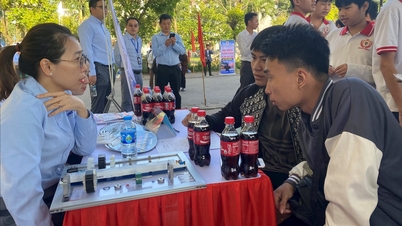

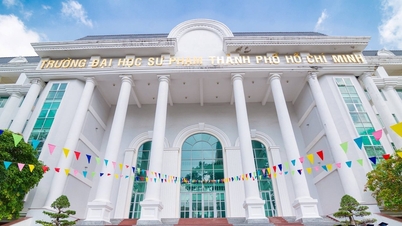
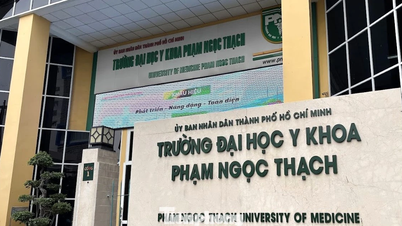




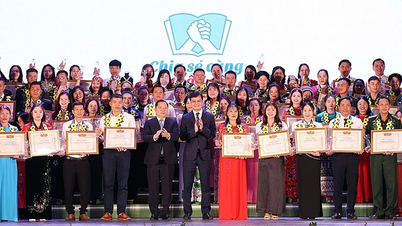

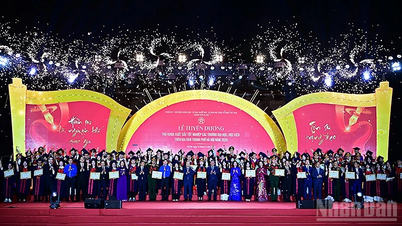
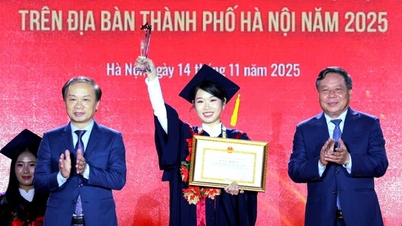


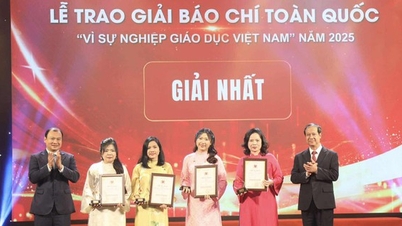





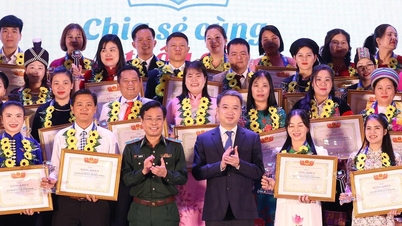

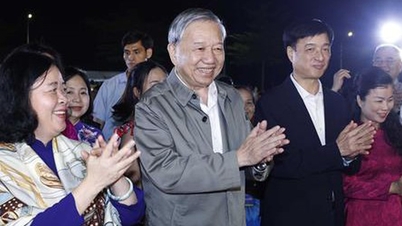

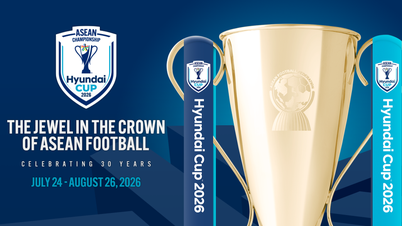


![[Photo] Special class in Tra Linh](https://vphoto.vietnam.vn/thumb/1200x675/vietnam/resource/IMAGE/2025/11/14/1763078485441_ndo_br_lop-hoc-7-jpg.webp)
















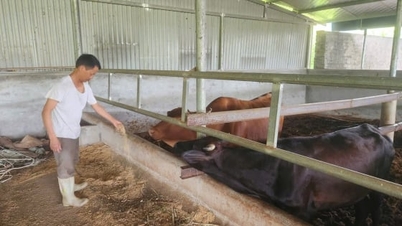


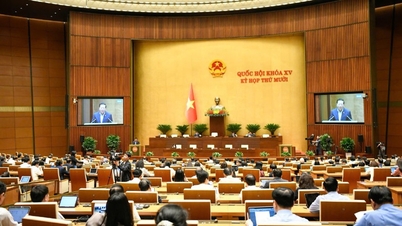



















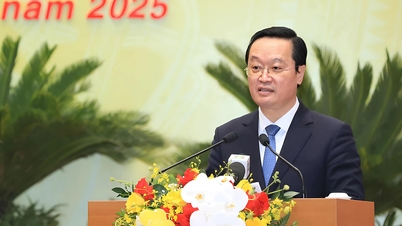


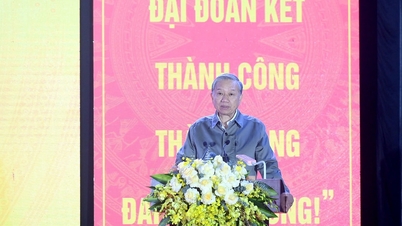




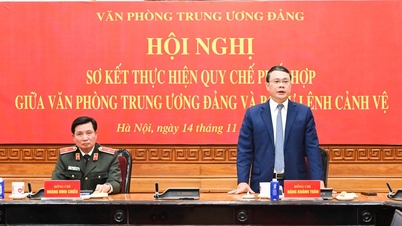









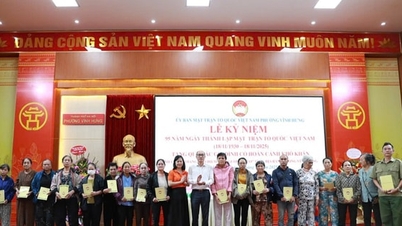













Comment (0)